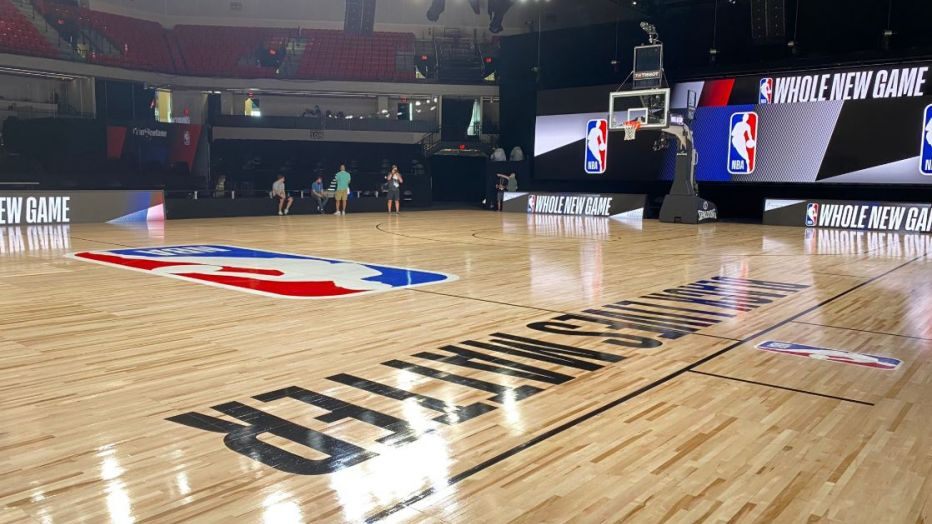
Watching the NBA on television over the last week has been a fascinating case study in how to return to professional sports during a global pandemic.
The steps the NBA have taken to safely allow two teams to occupy a court at the same time have been—at least so far—nothing short of masterful.
The biggest decision the league made was to sequester 22 teams inside a Bubble in Orlando, with no one coming in and no one coming out. So far, there have not been any positive virus cases, which is more than you can say for most of the other sports that have returned to action.
Needless to say, there are no fans present at the games, which reduces the number of people present at games by about 99.9%.
But that doesn’t mean there aren’t virtual fans, which though a little hokey, actually help to normalize the experience for players and fans. Displayed on screens behind the backboards and the team benches, the virtual fans are actual fans of the “home” team, who go through a registration and selection process to be featured “live” via one giant Microsoft Teams meeting. If you dig into the fine print, it seems as if they have thought of everything. If you are selected to be a virtual fan, you better not get up from your seat during the game or you risk having them replace you with the next person in line.
They are also piping in fan sounds during the games. This is another smart move. Just think of how awkward that would be for players to play games with only the sound of their voices, their squeaking sneakers and the basketball bouncing on the pinewood. Fan sounds rise and fall in time with the action. Compare it to an archival recording of an older game with real fans. You’ll be hard-pressed to tell the difference.
In general, when watching the games, you can’t really tell what kind of space they are playing in. Is it a giant, empty arena and they just aren’t showing you all the empty seats? You would never know. They might as well be playing in the empty banquet room of a hotel. All you see is the court, the players on the bench, the virtual fans on screens, and some more banners with team logos which make it impossible to see more than a few feet past the court.
Because they don’t have fans sitting along all sides of the court, the league has been able to use some two dozen extra cameras, positioned in places where once there might have been fans. The added advantage is all kinds of new angles with which to view the action.
But by far the biggest change the NBA has made has nothing to do with the COVID-19 pandemic, at least not directly. It’s the new focus on social justice issues that is featured prominently in NBA broadcasts, both on and off the court. From wording on player jerseys and on the court itself, to players kneeling side by side at the start of games, the emphasis on Black rights and the fight against injustice extends to conversations by the broadcasters. It’s been woven into almost every aspect of the sport.
And while all of the other changes to the NBA are hopefully only temporary, let’s hope that the NBA backing social change is here to stay.




